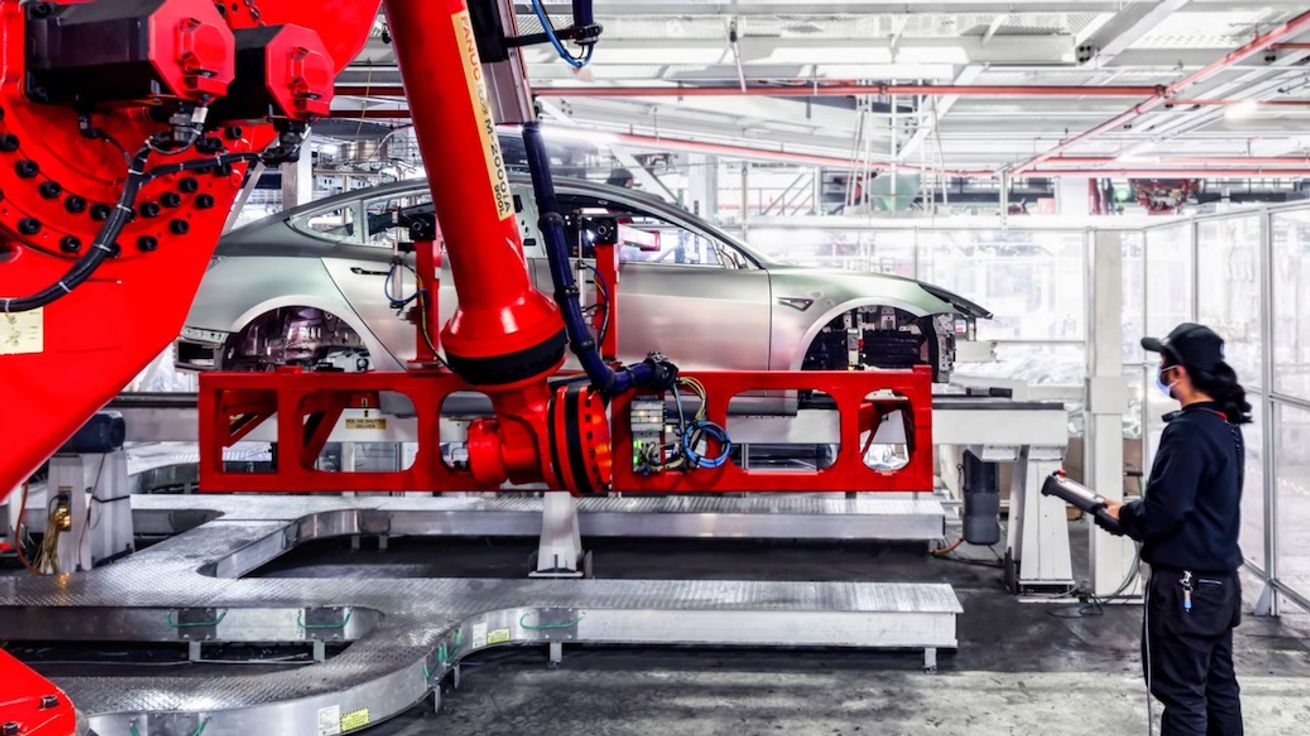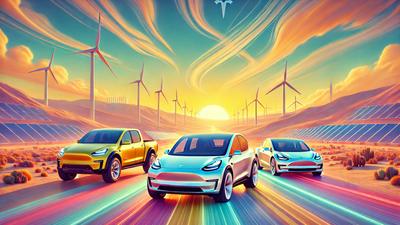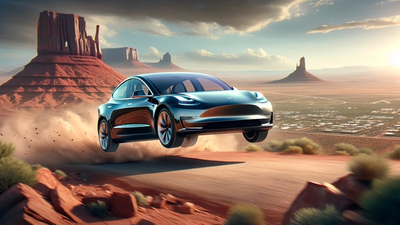The Inflation Reduction Act of 2022 (IRA) introduced new guidelines for a federal EV tax credit aimed at helping qualified drivers purchase an electric vehicle. The tax credit is part of a broader plan to make 50% of new vehicles sold in the United States hybrids or plug-ins by 2030. Applicants can receive a non-refundable tax credit of up to $7,500 on the purchase of any of the eligible vehicles listed under the IRA. Drivers looking to take advantage of the federal EV tax credit are subject to a variety of requirements regarding vehicle usage, the suggested retail price (MSRP), and household income, all of which can affect the amount of the tax credit they are eligible to receive.
On January 1, 2024, the Treasury Department implemented new changes:
- On the plus side: The $7,500 EV tax credit is now available right away at the point of sale, eliminating the wait time and allowing drivers to apply their savings directly to the purchase of their vehicle at the dealership—which is great for consumers.
- On the other side, Treasury added stricter new rules for tax credit eligibility, imposing additional restrictions on which vehicles qualify in an effort to reduce U.S dependence on China. However, despite some of the negative press surrounding these changes, there’s no need to panic. While there are now stricter requirements for vehicle eligibility, a full 59% of EVs sold in 2024, including the majority of the most popular models, still qualify. Not only that, but the new requirements are also set to have a positive impact on North American manufacturing as many automakers start to adjust their supply chains and invest in battery plants, components, critical minerals, and assembly here at home.
Which Vehicles Still Qualify for the EV Tax Credit?
With the 2024 requirements, the list of eligible battery electric vehicles got quite a bit shorter. Here is a list of vehicles that still make the cut:
Vehicle | Tax Credit Amount | Additional Incentives |
|---|
| $7,500 | |
| $7,500 | |
| $7,500 | |
| $7,500 | |
| $3,750 | |
| $3,750 | |
| $3,750 | |
| $3,750 | |
| $3,750 | |
| $7,500 | |
| $7,500 | |
| $7,500 | |
| $7,500 | |
| $7,500 | |
| $7,500 | |
EVs that still qualify for EV Tax Credits
Source: Fueleconomy.gov Updated 1/24/2024
The list of eligible vehicles will change throughout the year as automakers make sourcing and manufacturing adjustments to comply with new regulations. Nissan, Tesla, and other automakers have already indicated that they intend to make the necessary changes to get certain models back on the list before the end of 2024.
What are the New Changes to the Federal Tax Credit?
Instant Rebates
Starting in January 2024, electric vehicle purchasers will no longer need to wait until the subsequent tax season to receive their credit. Instead, drivers will have the option to apply the tax credit at the time of the vehicle purchase in the form of a rebate that essentially acts as a discount on the dealership’s sticker price. Here’s how it works:
Determining Vehicle Eligibility
The short story:
Tax credit eligibility is complex. Read on or just use EV Life’s EV Savings Calculator to tell you what you and your vehicle qualify for.
The longer story:
To be eligible for the clean vehicle tax credit, all-electric or plug-in hybrid vehicles must meet battery size and vehicle weight requirements and must be:
- Assembled in North America
- Priced under $55,000 for cars and $80,000 for SUVs, vans, and trucks
- Contain no battery components or critical minerals manufactured or processed in “foreign entities of concern,” defined by the Treasury Department to include China, Russia, North Korea, and Iran.
In addition, battery sourcing requirements can also affect a vehicle’s eligibility. The full $7,500 tax credit is split into two parts, each worth $3,750. Vehicles can qualify for none, both, or either of these credits.
- $3,750 of the credit applies to the raw materials inside batteries, requiring a certain percentage of critical minerals to be mined or processed in the U.S. or a trade partner.
- The other $3,750 of the credit applies to battery manufacturing, requiring a certain percentage of the battery's components to be manufactured or assembled in North America.
These additional requirements are meant to encourage the auto industry to rely less on foreign countries like China and more on domestic sources for these components, promoting local manufacturing and supply chain security. Each year, the percentages for these components go up, making it harder for vehicles to remain eligible. For example, starting in 2024, battery components cannot come from companies controlled by China.
How North American Manufacturing Will Benefit from the New Changes
The new changes to the IRA tax credit are aimed at reducing the auto industry’s reliance on China, which makes up 70% of the global supply of battery cells. By incentivizing automakers to source their battery components and critical minerals from the U.S or its trading partners, the federal government is shifting supply chains away from China and encouraging domestic investment.
As companies break ground on new factories in the U.S and other eligible countries, we will see many EV models get re-added to the list of eligible vehicles. Along with other incentives and grants built into the recent Bipartisan Infrastructure Law and Inflation Reduction Act of 2022, these actions will solidify America’s commitment to an electric vehicle future, improve energy independence, support job creation throughout battery supply chains, and lower costs for working families.
EV Life helps you navigate EV tax credits and more
When you apply for the EV Climate Loan with EV Life, we enable you to:
- Pre-qualify for more than financing. EV Life’s application process is easy and fast. We’ll ensure that you qualify for every tax credit, rebate, and other incentive you’re eligible for, then help you file all the paperwork with our “Turbo Tax-style” incentive filing tools.
- Bundle charging. An EV Life loan enables you to get an instant quote for home charger installation and bundle it into auto financing, reducing your upfront costs.
- One low payment. The EV Life loan applies all your savings directly to your loan, significantly reducing your monthly payment.
Don’t navigate the complex and ever-shifting EV incentive process alone. Financing with EV Life guarantees the best prices and the lowest rates on your EV, saving the planet while saving your pocketbook.
Want to find out how much you can save? Pre-qualify Now





